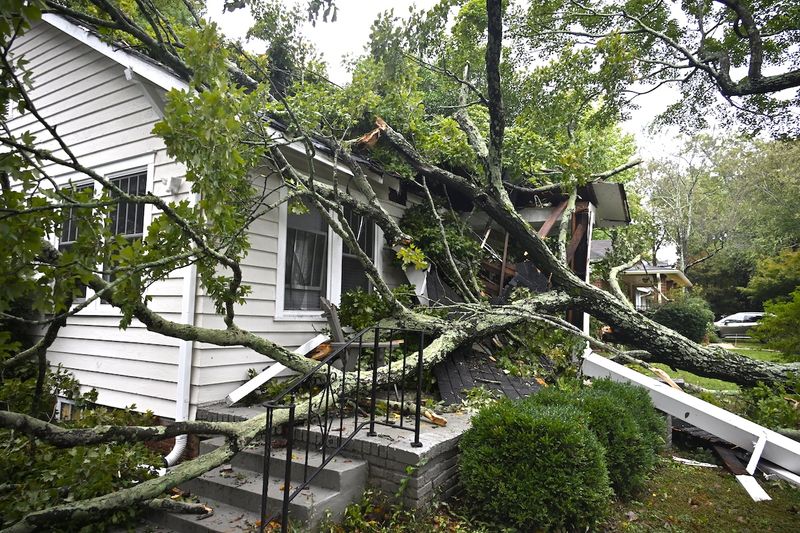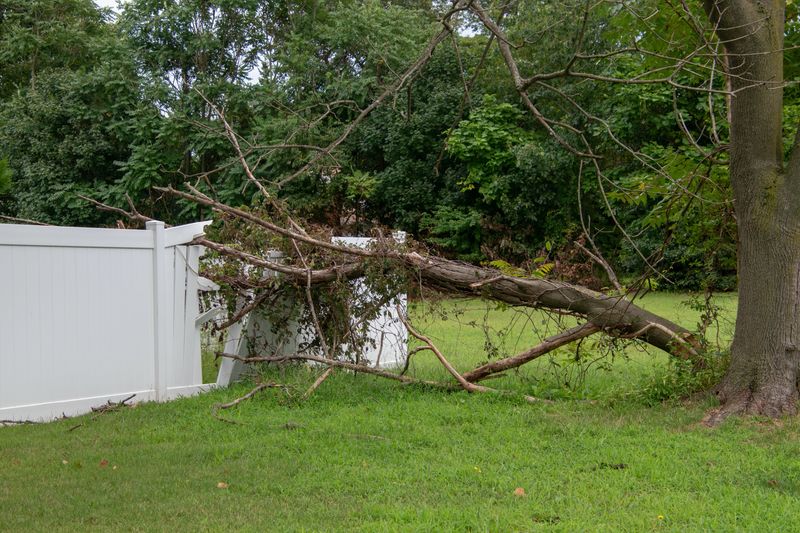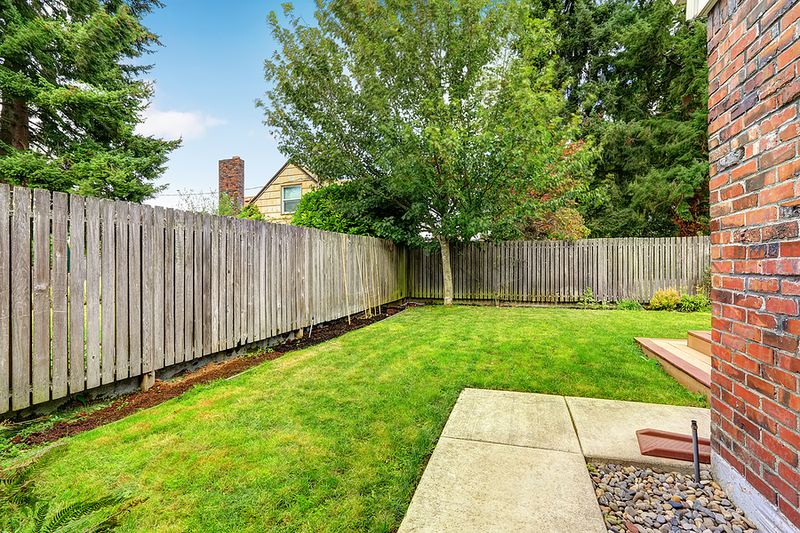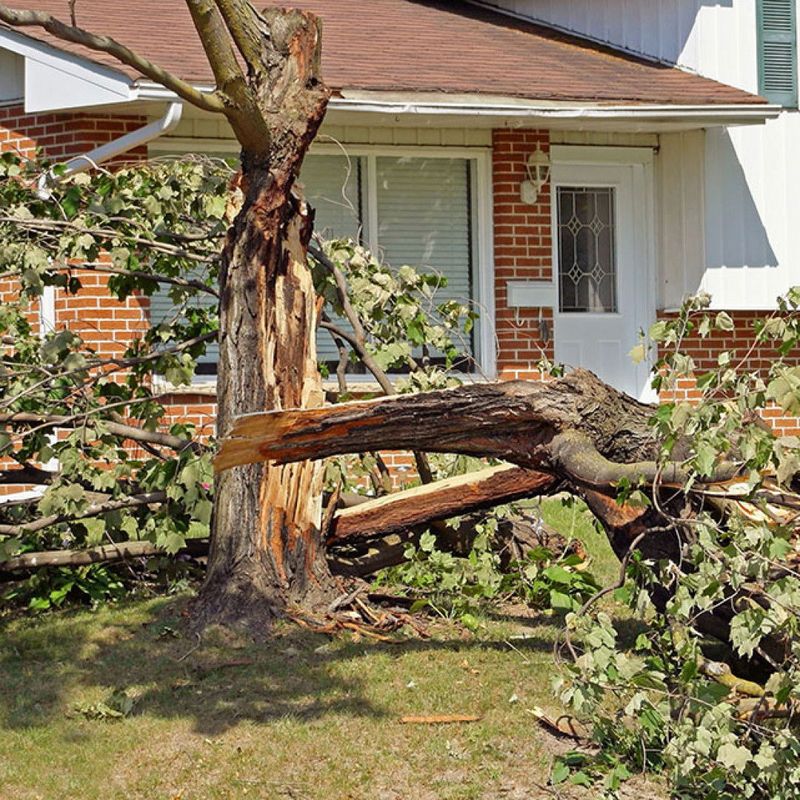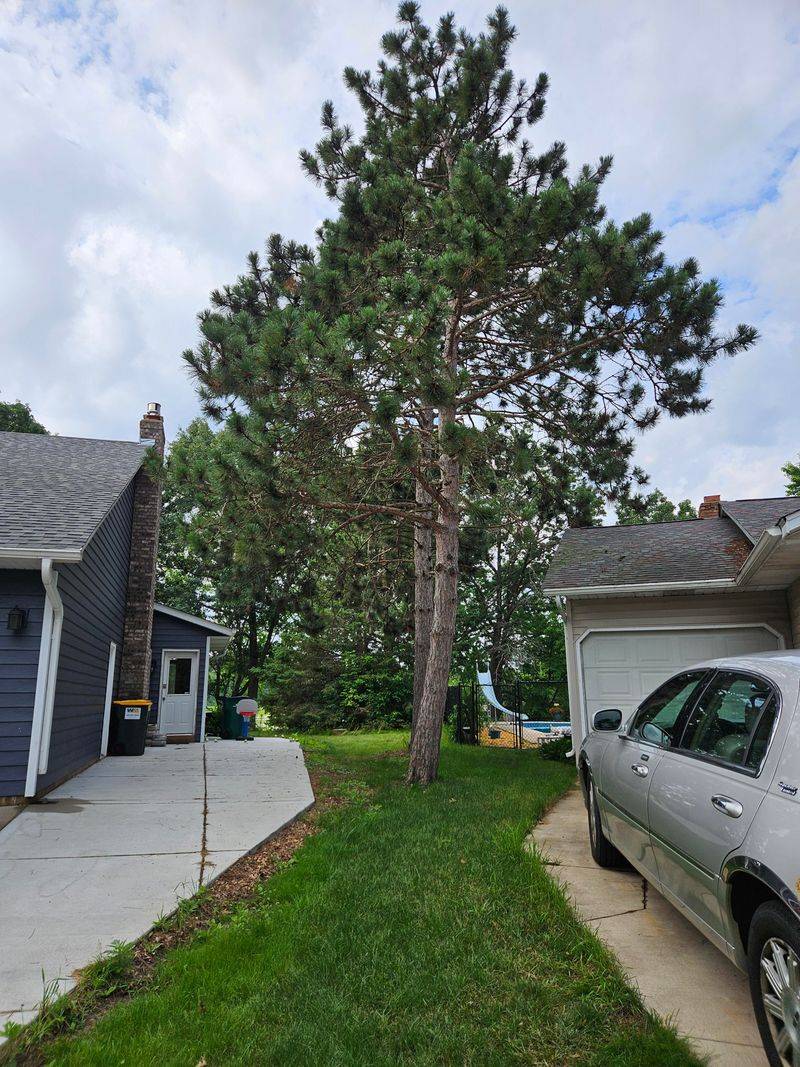A fallen tree can turn a quiet Pennsylvania afternoon into a scene no homeowner wants to face. One strong wind, one old trunk, and suddenly a neighbor’s tree ends up across the fence, snapping branches and scattering debris. The shock wears off quickly, but the next thought hits even harder, as the cost of cleanup and repairs comes to mind.
In moments like this, the rules around responsibility matter more than most people realize. Understanding who must handle what can save time, stress, and a whole lot of back-and-forth once the sawdust starts to settle.
Understanding The Act Of God Defense
Natural disasters like storms, lightning, or high winds often cause trees to fall unexpectedly. Pennsylvania law typically considers these events as acts of God, meaning no one is at fault.
When weather causes the damage, your neighbor usually isn’t responsible for paying. Your own homeowner’s insurance generally covers the cleanup and repairs.
Documentation matters tremendously in these situations. Take photos immediately and contact your insurance company to start the claims process right away for the best outcome.
When Negligence Changes Everything
Homeowners must maintain their trees and address obvious hazards. If your neighbor knew their tree was sick, or dangerous but did nothing, they become liable for damage.
Proving negligence requires evidence like previous complaints, visible rot, or expert testimony. Warning letters sent before the incident can strengthen your case significantly if legal action becomes necessary.
Courts examine whether a reasonable person would have noticed the danger. Dry branches, hollow trunks, or leaning trees create responsibility that property owners cannot ignore under Pennsylvania law.
Branches Hanging Over Property Lines
Property owners in Pennsylvania have the right to trim branches that cross onto their land. You can cut back to the property line without asking permission first.
However, you cannot damage the tree in the process. Responsible trimming means making proper cuts that don’t harm the tree’s overall health or stability going forward.
Many neighbors appreciate a friendly conversation before you start cutting. Good communication prevents disputes and maintains positive relationships, even though legally you have the right to trim without notification under state law.
Insurance Coverage And Claims Process
Homeowner’s insurance policies usually cover tree damage under specific circumstances. Review your policy carefully to understand what protection you actually have before problems occur.
Most policies cover removal costs if the tree damages a structure like your house, garage, or fence. Fallen trees that only hit the lawn might not qualify for coverage.
Document everything with photographs, videos, and written notes. Contact your insurance company immediately after the incident happens, and keep all receipts for emergency repairs or temporary fixes you make yourself.
Legal Action And Small Claims Court
Sometimes insurance doesn’t cover everything, or neighbors refuse to take responsibility for their negligence. Small claims court offers an affordable way to recover damages up to twelve thousand dollars.
Gather strong evidence including photos, repair estimates, expert opinions, and communication records. Written warnings you sent before the tree fell prove you notified your neighbor about the danger.
Consider consulting a property attorney for larger claims or complex situations. Legal guidance helps you understand Pennsylvania’s specific laws and increases your chances of winning your case successfully.


